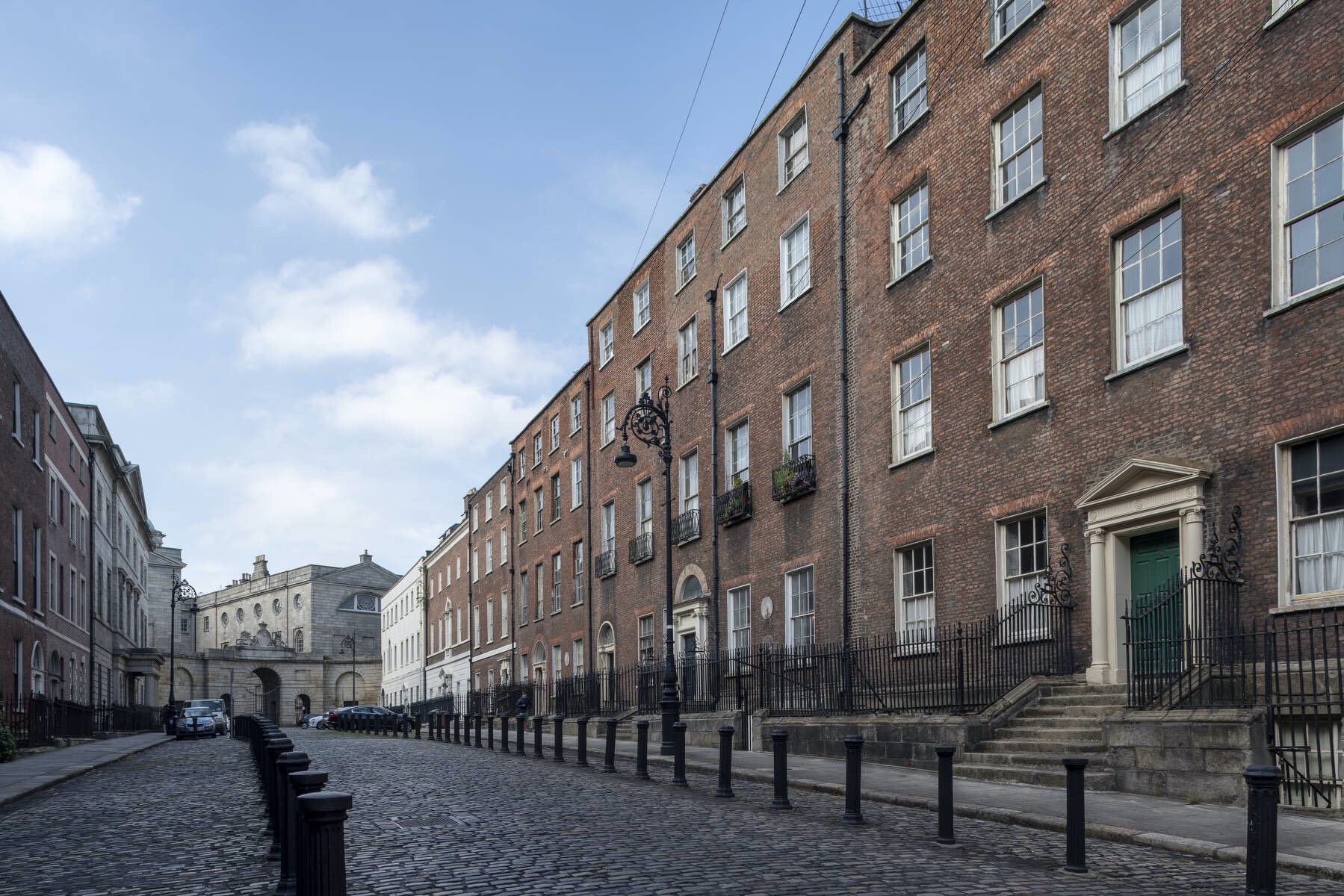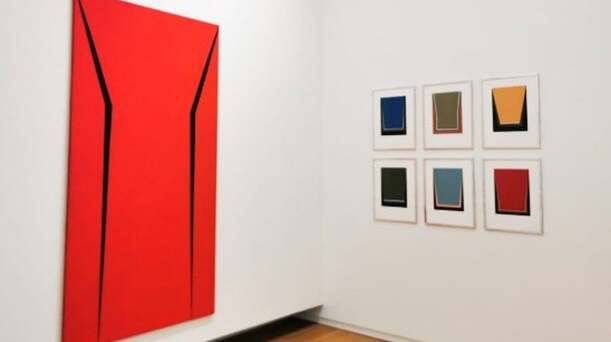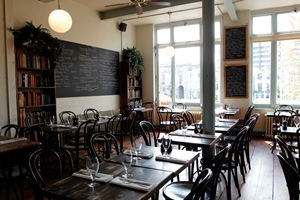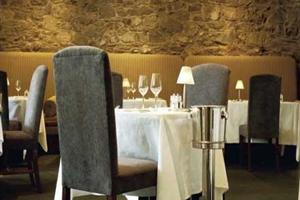In a quiet, hidden cul-de-sac in the heart of Dublin, you'll find one of the city’s most captivating 18th-century streetscapes.
Henrietta Street feels like it’s been lifted from the pages of a novel, with its grand, red-bricked mansions, cobblestones and ornate lampposts. In the 18th century, it was home to Dublin’s elite landed gentry – residents with high social or political status. And yet, while you may not guess it from looking at Henrietta Street today, it was also the site of one of the worst slums in Dublin, with more than 800 people living in just 15 houses.
This compelling tale of riches to rags is told within one of the grandest residences on the street, Number 14. Looking at the lavish plasterwork, vast reception rooms and graceful staircases, it’s hard to imagine that while one family inhabited the building in the 1740s, around 100 people lived there by 1911. Using personal recollections and poignant stories, the life of the building, its residents and its changing fortunes are brought to life as you move from the grandeur of the 18th century to the graffiti-scarred walls and cramped damp basements of the tenement. It’s gripping stuff.

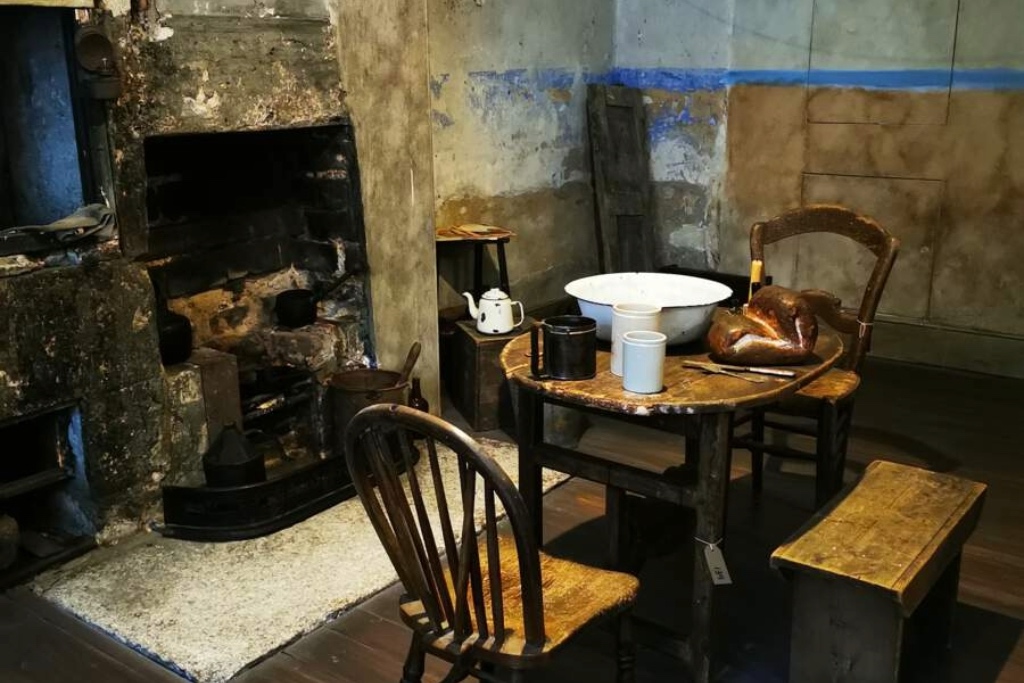
14 Henrietta Street, Dublin
© Liana Modonova
Need to know
14 Henrietta Street is accessible by guided tour only and pre-booking is essential. Tours run from Wednesday to Sunday from 10am to 4pm. You can book online.
All guided tours of the museum are fully wheelchair accessible.
The museum regularly hosts Teatime Talks with historians, former residents and local experts. Advance booking is required.
















